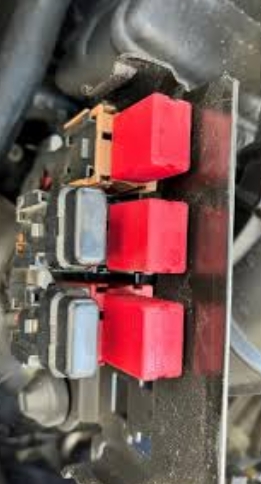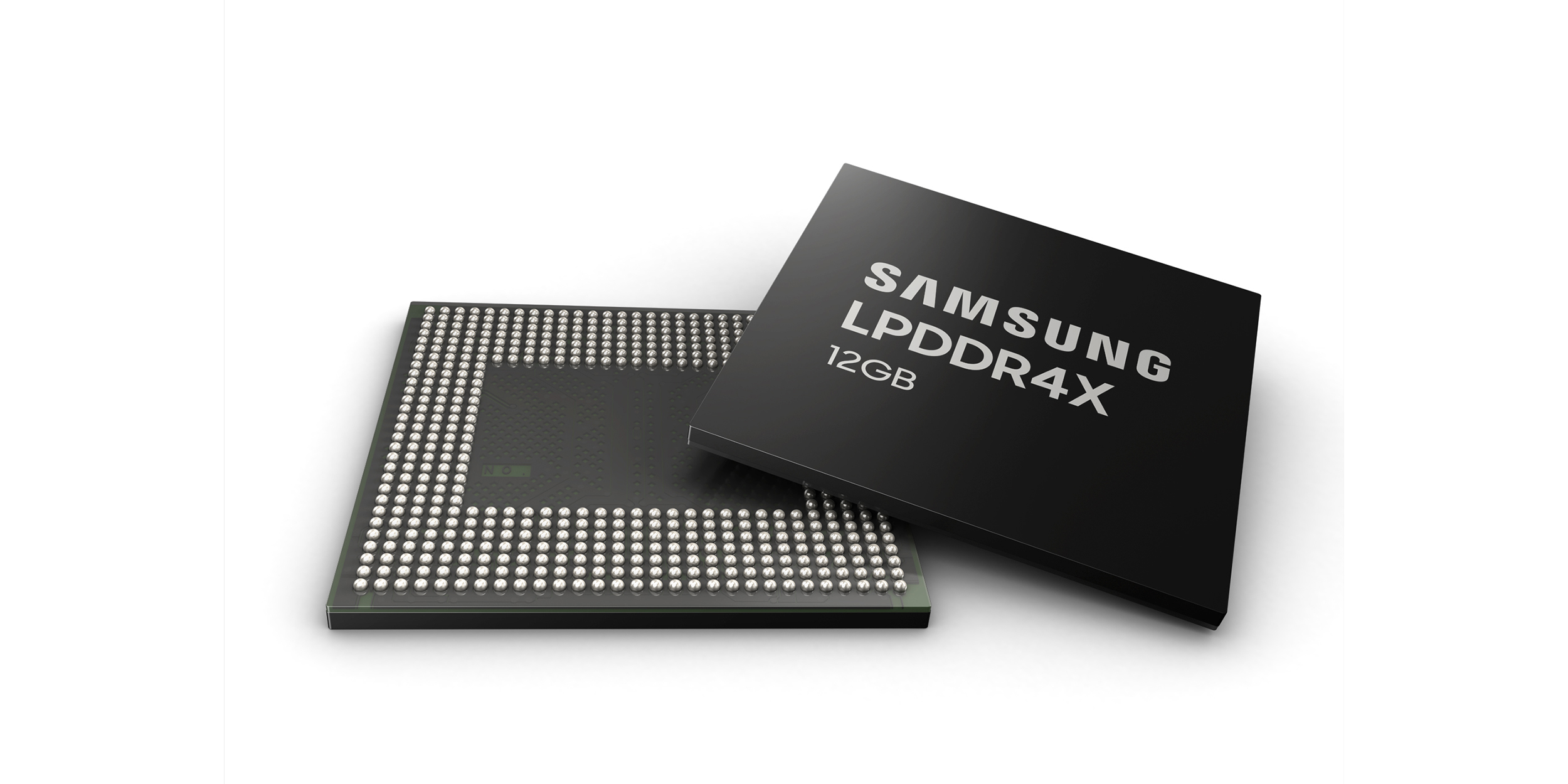In the realm of electrical engineering, the terms "relay" and "contactor" are often encountered, yet they represent distinct components with specific applications. While both serve crucial roles in controlling and switching electrical circuits, understanding the key differences between them is fundamental to making informed decisions in various industrial and commercial settings. Let's delve into the intricacies of these two components to appreciate their unique functionalities.
Relay: The Basics
A relay is an electrically operated switching device that uses electromagnetic principles to control one or more circuits. It typically consists of an electromagnet and a set of contacts that are mechanically actuated by the magnet. When the relay is energized, the electromagnet attracts the contacts, closing the circuit. Once the power is removed, the contacts open, interrupting the circuit. Relays are widely used in automation systems, control panels, and other electrical equipment to switch low-power control circuits, which then operate higher-power loads.
Relays offer several advantages, including their small size, simplicity, and versatility. They can be easily integrated into various systems and can switch both AC and DC circuits. However, their switching capacity is limited, and they are typically used in control circuits that require precise timing or sequencing.
Contactor: The Basics
A contactor, on the other hand, is a high-power switching device used primarily in motor control applications. It consists of a set of contacts that are magnetically actuated to make or break the connection between power sources and loads, such as motors or other industrial equipment. Contactors are rated for higher currents and voltages, making them suitable for heavy-duty applications.
Contactors are designed to handle the direct switching of high-power circuits, making them a crucial component in industrial automation systems. They are typically more robust and durable than relays, with a focus on withstanding the rigors of continuous operation in demanding environments.
Key Differences between Relay and Contactor
Switching Capacity: Relays are typically used for low-power control circuits, while contactors are rated for much higher currents and voltages, making them suitable for switching large motors and other heavy-duty loads.
Applications: Relays are commonly found in control panels, automation systems, and other electrical equipment, where precise timing or sequencing is required. Contactors, on the other hand, are primarily used in motor control applications, industrial automation, and similar high-power switching scenarios.
Construction and Durability: Relays are typically smaller and more lightweight, making them easier to integrate into various systems. Contactors, on the other hand, are built to withstand the rigors of continuous operation in demanding environments, with a focus on durability and longevity.
Cost: Relays are generally more affordable than contactors, making them a cost-effective solution for many control and switching applications.
Conclusion
In summary, relays and contactors both play crucial roles in electrical systems, but they differ significantly in terms of their switching capacity, applications, construction, durability, and cost. Understanding these differences is essential for making informed decisions about which component to use in specific applications. Whether it's precise timing and sequencing in control systems or heavy-duty motor control in industrial settings, relays and contactors each offer unique advantages that contribute to the reliable and efficient operation of electrical equipment.

